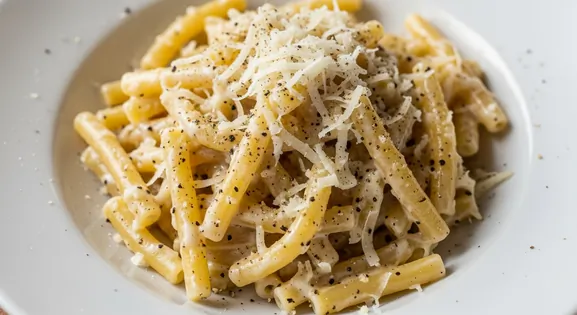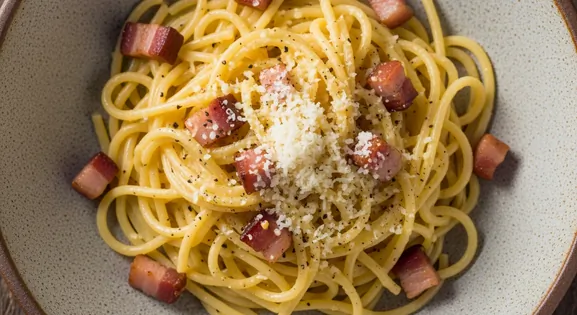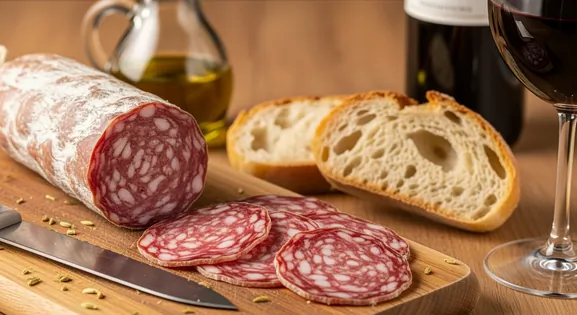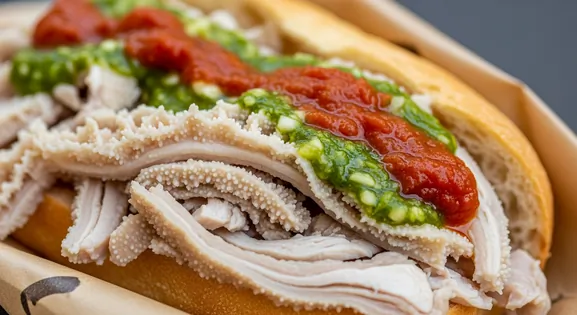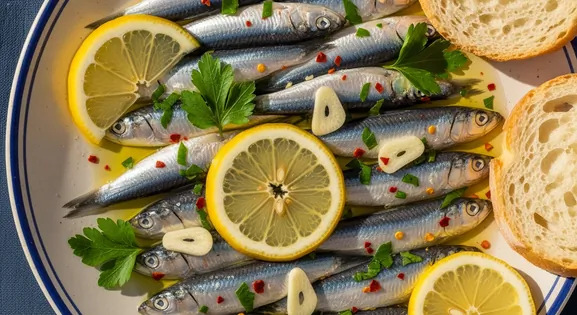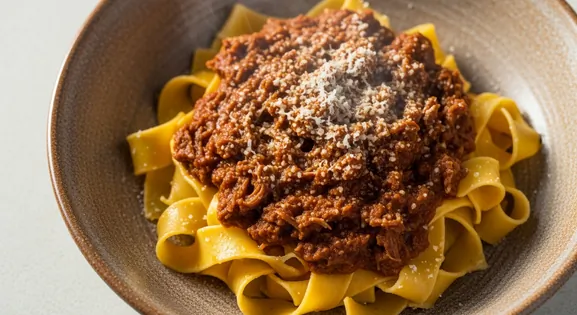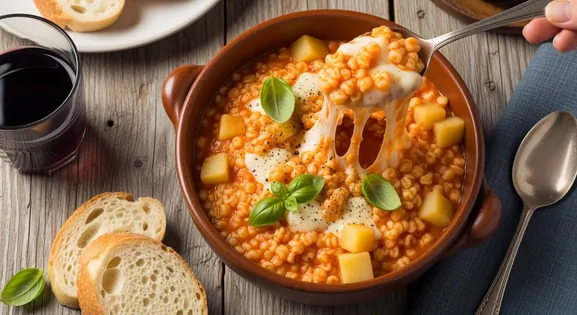Porchetta in Italy: A Complete Food Lover's Guide
Porchetta
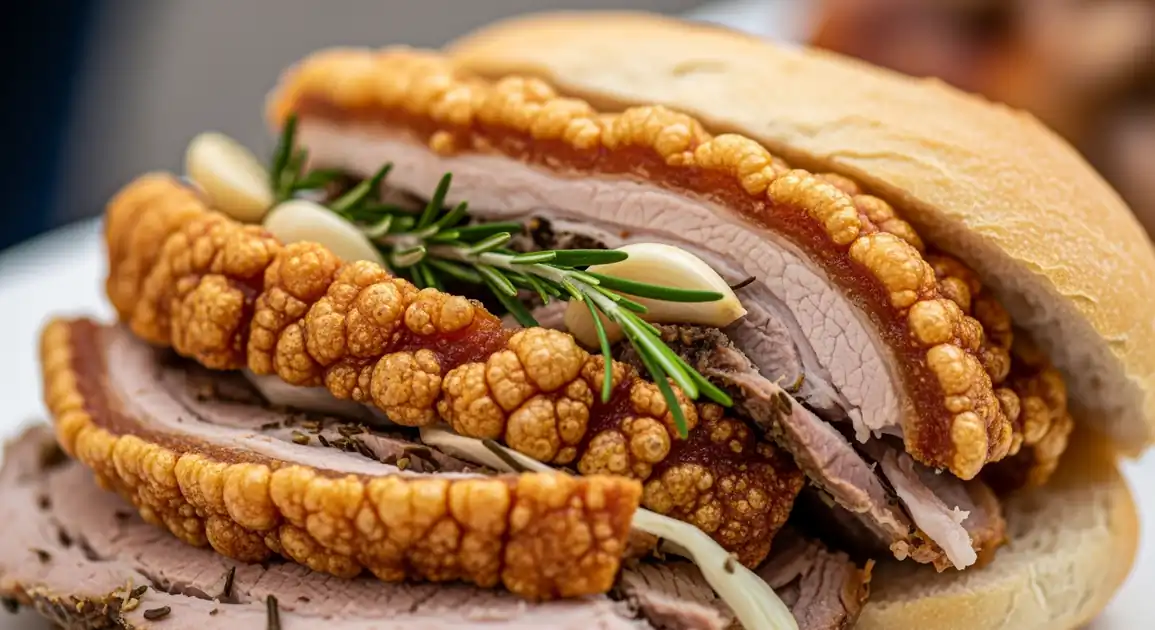
About Porchetta
Porchetta is a masterpiece of Italian gastronomy, a highly seasoned, slow-roasted, deboned pig renowned for its succulent, herb-infused meat and exceptionally crispy skin. Originating in Central Italy, this savory delight is prepared by stuffing the pork with garlic, salt, pepper, and aromatic herbs like wild fennel or rosemary, then rolling, tying, and roasting it for hours. It's most famously enjoyed sliced thickly and served in a crusty bread roll ('panino') as iconic street food, or sold by weight ('al taglio') in markets and butcher shops ('norcinerie').
Universal Quality Indicators
What to Look For
-
Vendor slices meat fresh from the whole roast
This practice is a strong indicator of quality and freshness, ensuring you receive the most flavorful and well-maintained product.
-
Meat appears moist and skin looks crispy
Visual cues for quality and proper cooking/holding. Avoid porchetta that looks dry or has soggy skin.
-
Clean vendor setup (truck/stall, knives, board)
Good hygiene practices are essential for food safety.
-
High customer turnover
Indicates the porchetta is fresh and popular, reducing the time it sits around.
-
Porchetta kept warm (if applicable)
While often served room temp shortly after slicing, if it's meant to be hot, ensure it's held properly.
What to avoid
-
Pre-sliced porchetta sitting out for long periods
This can compromise the freshness and texture, leading to a less enjoyable experience and potential quality degradation.
-
Meat looks visibly dry, grey, or discolored
Suggests poor quality, overcooking, or being old.
-
Soggy, pale, or leathery skin
These are clear signs of improper roasting techniques or poor storage, which will significantly detract from the porchetta's quality and enjoyment.
-
Dirty vendor area, knife, or cutting board
Unclean conditions are a significant red flag for quality and indicate a lack of attention to proper food handling.
-
Unpleasant or 'off' smell
Any unusual or sour odor is a strong indicator of spoilage, and such food should always be avoided to ensure a pleasant experience.
How to Order Porchetta
The Perfect Accompaniments
Crusty Bread (Panino)
bread
A fresh, crusty bread roll like 'rosetta' or 'ciabatta' is the quintessential pairing, perfect for soaking up the savory juices and providing textural contrast to the rich porchetta.
Local Red Wine (e.g., Frascati Rosso)
wine
A light to medium-bodied local red wine, such as a Frascati Rosso from Lazio, can cut through the richness of the pork and complement its savory, herbal notes without overpowering them.
Explore Porchetta in Detail: City Guides
Discover where to find the best Porchetta and learn local tips in these cities:
Tracing the Roots of Porchetta
Porchetta boasts ancient origins, potentially dating back to Etruscan or Roman times in Central Italy. Its modern form is strongly associated with regions like Lazio (particularly the town of Ariccia, which holds IGP status for its specific recipe), Umbria, Tuscany, and Abruzzo. Historically a festive dish prepared for celebrations and holidays, porchetta became popular street food sold from mobile vans and market stalls, especially in the post-war era, providing affordable, flavorful sustenance. Today, it remains a beloved staple across Italy, with regional variations in seasoning.
Traditional Preparation Techniques
The traditional preparation involves carefully deboning a whole pig (or sometimes a large section like belly and loin). The inside is generously seasoned with salt, black pepper, minced garlic, and characteristic herbs – often wild fennel seed and pollen or fresh rosemary. The meat is then tightly rolled up, encasing the stuffing, with the skin on the outside. It's securely tied with twine and slow-roasted for many hours (often 6-8 hours or more, depending on size), typically on a rotating spit over wood fire or in a specialized oven. This slow cooking renders the fat, infuses the meat with flavor, and crucially, creates the perfectly crisp crackling skin.
Key Ingredients of Porchetta
Pork (Whole or Section)
Typically a whole deboned pig, or a large section like the belly and loin, forms the base. The quality of the pork, especially its fat content, is crucial for succulence and crackling.
Quality indicator: Look for fresh, firm pork with a good balance of meat and fat, indicating a healthy animal.
Wild Fennel (Finocchio Selvatico)
Often used in Central Italian porchetta, this herb provides a distinct anise-like, aromatic flavor that complements the richness of the pork. Both seeds and fresh fronds can be used.
Quality indicator: A strong, fresh aroma indicates potent and flavorful wild fennel, essential for authentic taste.
Garlic & Rosemary
These aromatic staples are generously minced and rubbed into the pork, infusing it with pungent, earthy, and piney notes during the long roasting process.
Quality indicator: Fresh, plump garlic cloves and vibrant green rosemary sprigs ensure maximum flavor infusion.
Local Porchetta Variations in Italy
Porchetta di Ariccia IGP
Protected designation from Ariccia (near Rome), known for specific seasoning (often rosemary, garlic, pepper) and meticulous preparation.
Tuscan Style Porchetta
Often seasoned more heavily with rosemary and garlic compared to the wild fennel sometimes favored further south.
Umbrian Style Porchetta
May include chopped entrails like liver in the stuffing for a richer, deeper flavor.
Porchetta 'Tronchetto'
A smaller version made not from a whole pig but typically from the loin and belly section, rolled and roasted.
Dietary Information
Dietary Information
Important Note for Travelers: Your safety is our priority. Below are the common allergens associated with the traditional preparation of this dish. However, recipes and ingredients can vary significantly between establishments. Always confirm all ingredients directly with the food vendor before ordering, especially if you have a severe allergy.
Potential Allergens
Dietary Suitability
Frequently Asked Questions about Porchetta
What is Porchetta?
Porchetta is a traditional savory Italian dish of slow-roasted, deboned pork. A whole pig (or sometimes just the loin and belly) is heavily salted, stuffed with garlic, herbs (like wild fennel, rosemary), and spices, then rolled, tied, and roasted for hours, typically on a spit or in an oven, until the meat is succulent and the skin is incredibly crispy ('croccante').
How to identify high-quality Porchetta by taste and texture?
High-quality porchetta should have incredibly succulent, moist meat infused with aromatic herbs and garlic. The skin, or 'croccante', is crucial; it must be shatteringly crisp and not chewy or soggy. A balanced saltiness and a rich, savory flavor profile are also key indicators of a well-prepared dish.
How can I ensure quality when buying Porchetta from street vendors?
Generally, porchetta from dedicated trucks/stalls with high turnover is a good choice. Look for vendors slicing the meat fresh from a hot or recently cooked roast. Ensure they practice good hygiene (clean knives, boards, hands/gloves). Avoid meat that looks dry or has been sitting pre-sliced for a long time.
What's the best way to eat Porchetta?
The most common and arguably best way is in a 'panino con la porchetta' – thickly sliced porchetta stuffed into a crusty bread roll (like 'rosetta' or 'ciabatta'). The bread soaks up the delicious juices. Alternatively, you can buy it sliced by weight ('al taglio') from markets or 'norcinerie' to eat on its own or take home.
What is Porchetta di Ariccia?
Porchetta di Ariccia IGP is a specific type of porchetta from the town of Ariccia in the Castelli Romani near Rome. It has protected geographical indication status (IGP) and is renowned for its specific preparation method and seasoning profile, often emphasizing rosemary, garlic, and black pepper. It's considered by many to be the benchmark for quality porchetta.
Is Porchetta gluten-free?
Yes, the porchetta meat itself (pork, salt, herbs, spices) is naturally gluten-free. However, it's most commonly served in a wheat-based bread roll ('panino'). If you need a gluten-free meal, order the porchetta sliced on its own ('senza pane' - without bread) and ensure the cutting board and knife are clean.
Expert How-To Guides about Porchetta
How to Spot a Great Porchetta Vendor
Learn to identify high-quality porchetta and choose the best vendors by recognizing key indicators of freshness, preparation, and authenticity.
- Look for the Whole Roast: The best vendors slice fresh from a whole roasted pig. Avoid places selling only pre-sliced meat.
- Check the Skin: It should look deeply golden-brown, bubbly, and incredibly crispy ('croccantissima'). Avoid pale, soggy, or burnt skin.
- Assess the Meat: Meat should look moist and juicy, with visible layers of herbs. It shouldn't look dry or grey.
- Observe the Slicing: Meat should be sliced generously to order. Vendor should handle it cleanly.
- Smell the Aroma: Good porchetta has an irresistible savory, herby aroma.
- Check for Popularity: Busy stalls, especially with locals queuing, are usually a reliable sign of quality and freshness.
Ordering the Perfect Panino con Porchetta
Master the art of ordering a perfect porchetta sandwich, or "panino con la porchetta," ensuring you get exactly what you desire like a true local.
- Choose Your Vendor: Find a promising vendor based on quality signs.
- Ask for a 'Panino con la Porchetta': This is the standard order.
- Specify Your Preference (Optional): You can ask for slices that are 'un po' più magra' (a bit leaner), 'un po' più grassa' (a bit fattier), or with 'più crosta' (more crispy skin).
- Watch the Preparation: Ensure they slice it fresh and give a generous portion. The bread should be crusty.
- Pay the Vendor: Have cash ready, typically around 5-8 Euros depending on location and size.
- Eat Immediately: Enjoy the panino while the meat is warm/fresh and the skin is crispy.
Appreciating Porchetta Quality
Understand the nuances that define truly excellent porchetta, from the perfect crackling to the succulent meat and balanced herb infusion.
- Crispiness of the Skin ('Crosta'): It should be shatteringly crisp, not tough or chewy. This is a key indicator of skillful roasting.
- Moisture of the Meat ('Carne'): The meat should be tender, succulent, and well-seasoned, not dry or bland. Layers of fat should render nicely.
- Herb Balance ('Aromi'): The herbs (fennel, rosemary, garlic, etc.) should be fragrant and complement the pork without overpowering it.
- Salt Level ('Sale'): It should be well-salted, enhancing the pork flavor, but not excessively so.
- Temperature: Ideally served warm or at room temperature shortly after roasting/slicing for best flavor and texture.
Our Commitment to Quality
At Tasteplorers, our mission is to provide the most accurate and useful travel information in the world. To achieve this, all content on this site is created through our unique editorial framework. We utilize leading AI research tools, guided by our proprietary prompts, and a multi-stage validation process. This entire system is overseen by our editorial team to ensure everything we publish meets our high standards for accuracy, cultural nuance, and practical value for travelers.
Learn more about our Editorial Process and our Mission.
Countries
Explore regions
Europe
Discover Europe's diverse culinary landscape, from Mediterranean flavors to hearty Alpine fare. Learn to navigate markets, decode menus, and eat like a local.
Latin America & Caribbean
Discover the vibrant cuisines of Latin America & the Caribbean. Our expert guide covers everything from Mexican street food to Peruvian ceviche and market tips.
Oceania
Explore Oceania's diverse food scene. Learn about Polynesian earth ovens, Fijian feasts, and the vibrant café culture of Australia and New Zealand.
Southeast Asia
Explore Southeast Asia's diverse food cultures from Thailand to Vietnam. Get expert tips on navigating spice levels, choosing quality vendors, and understanding the rich traditions of the region.
